Case Number : Case 2896 - 12 August 2021 Posted By: Saleem Taibjee
Please read the clinical history and view the images by clicking on them before you proffer your diagnosis.
Submitted Date :
12F Persistent pink erythema bilateral cheeks, painful and warm intermittently, sometimes eyelid erythema ?dermatomyositis ?connective tissue disease ??other


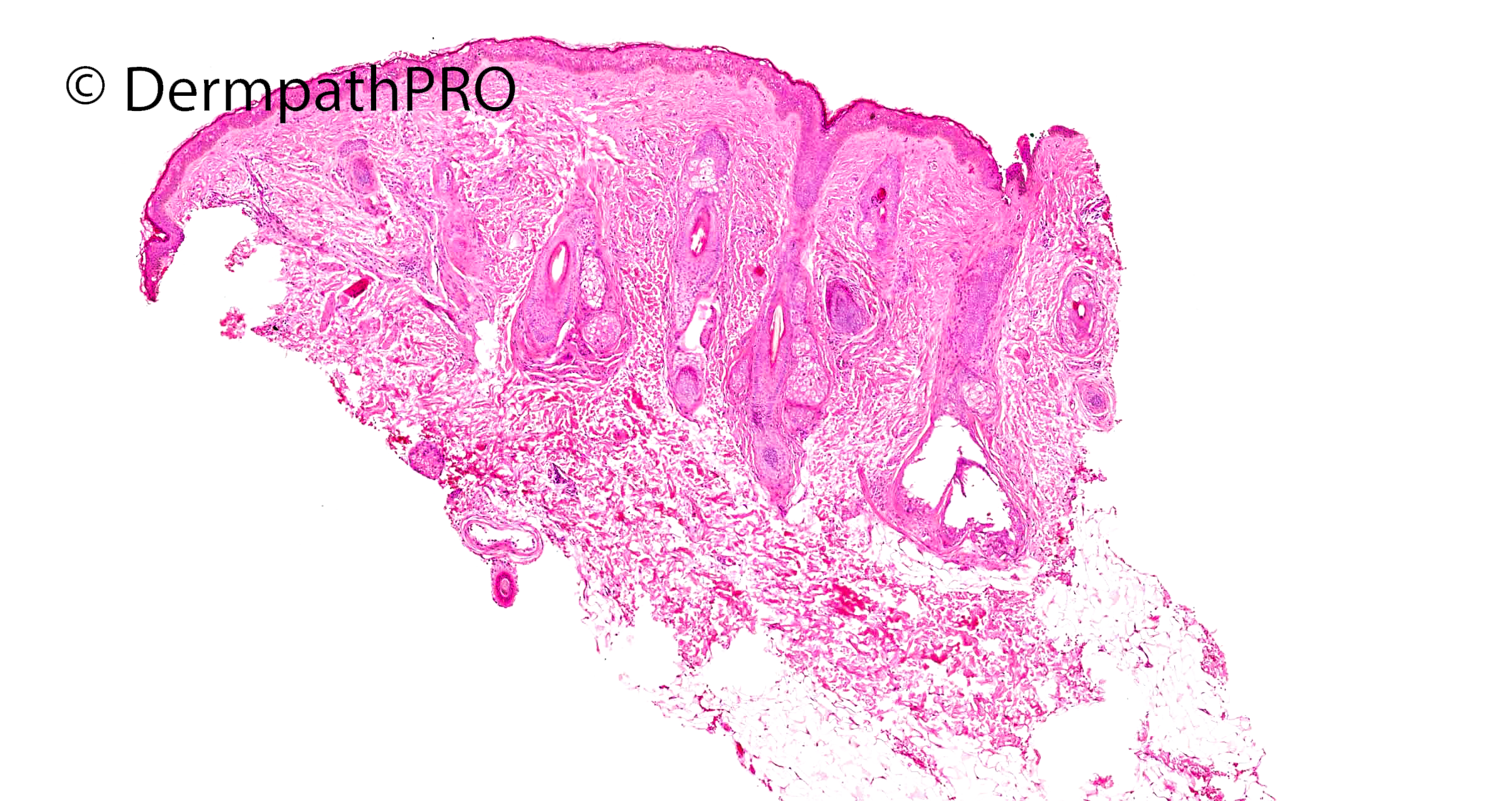



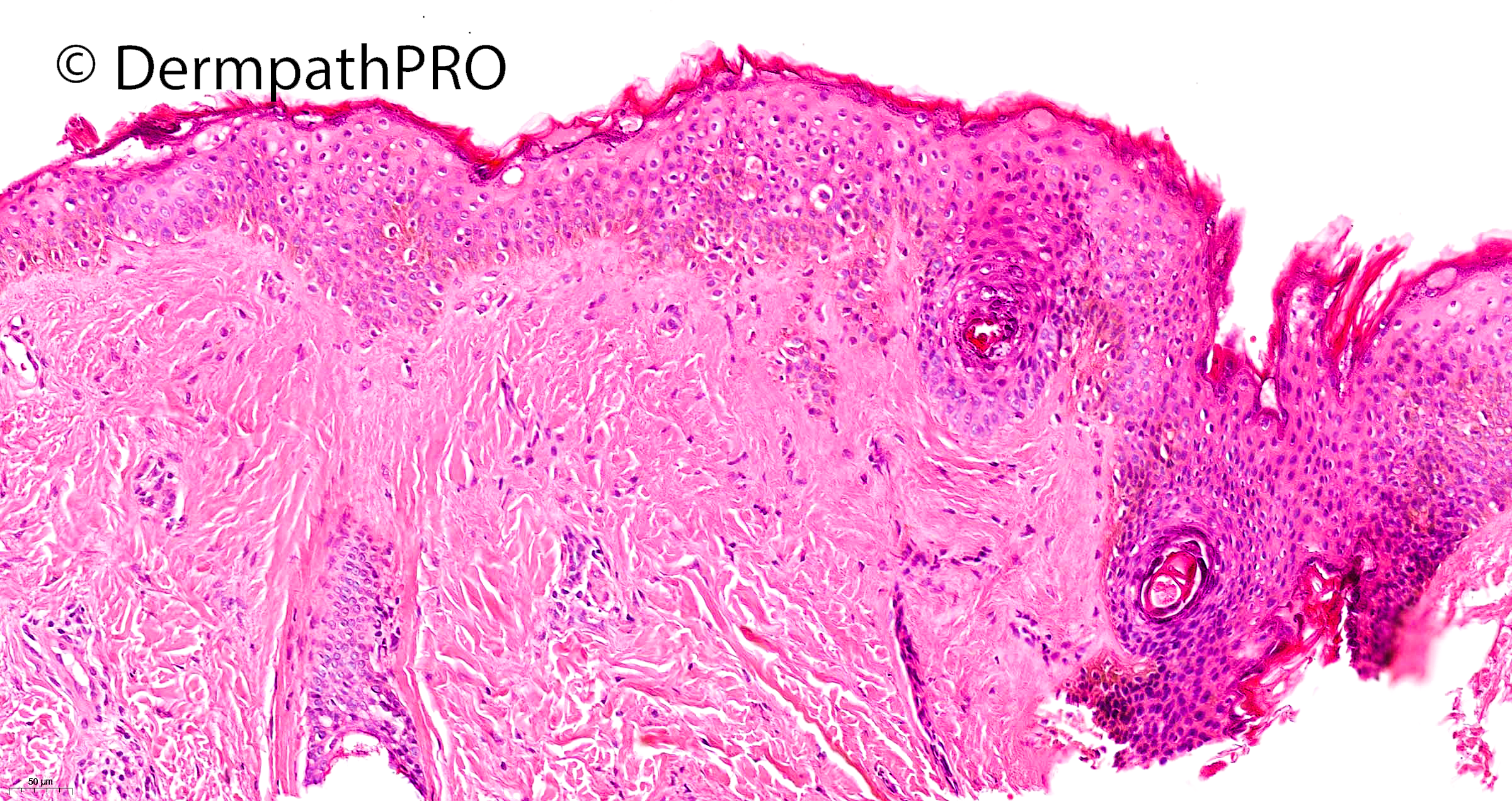
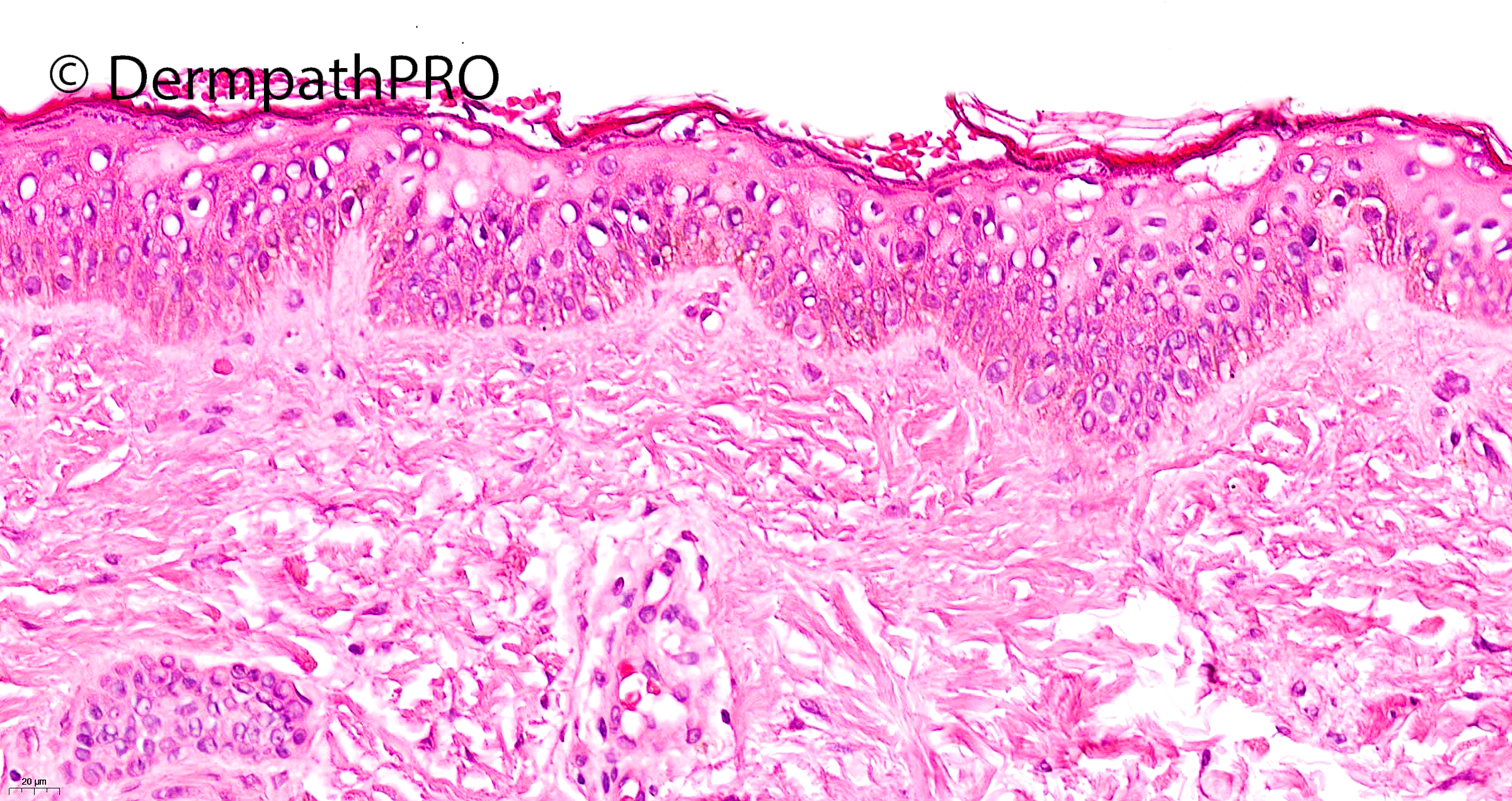
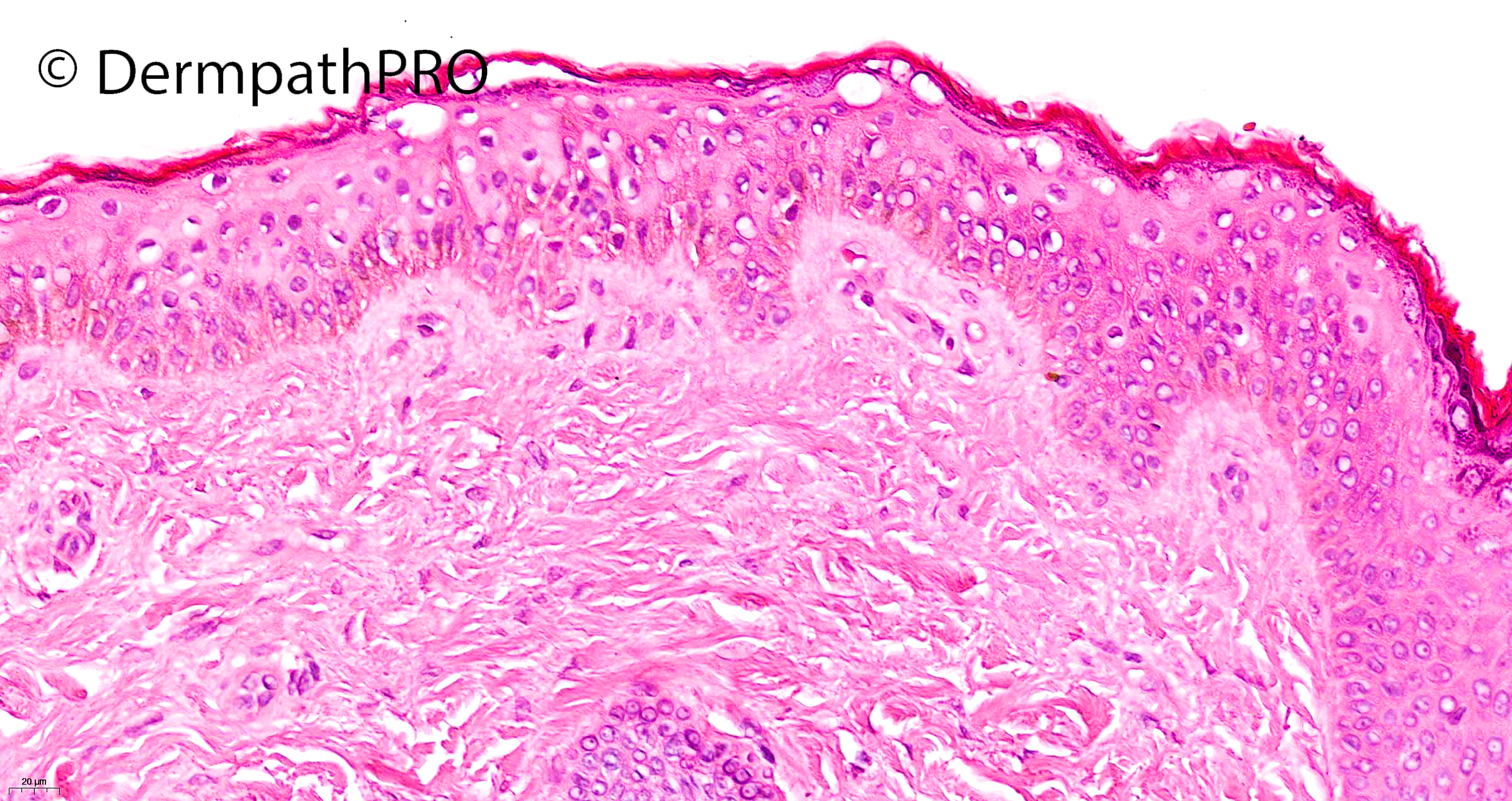
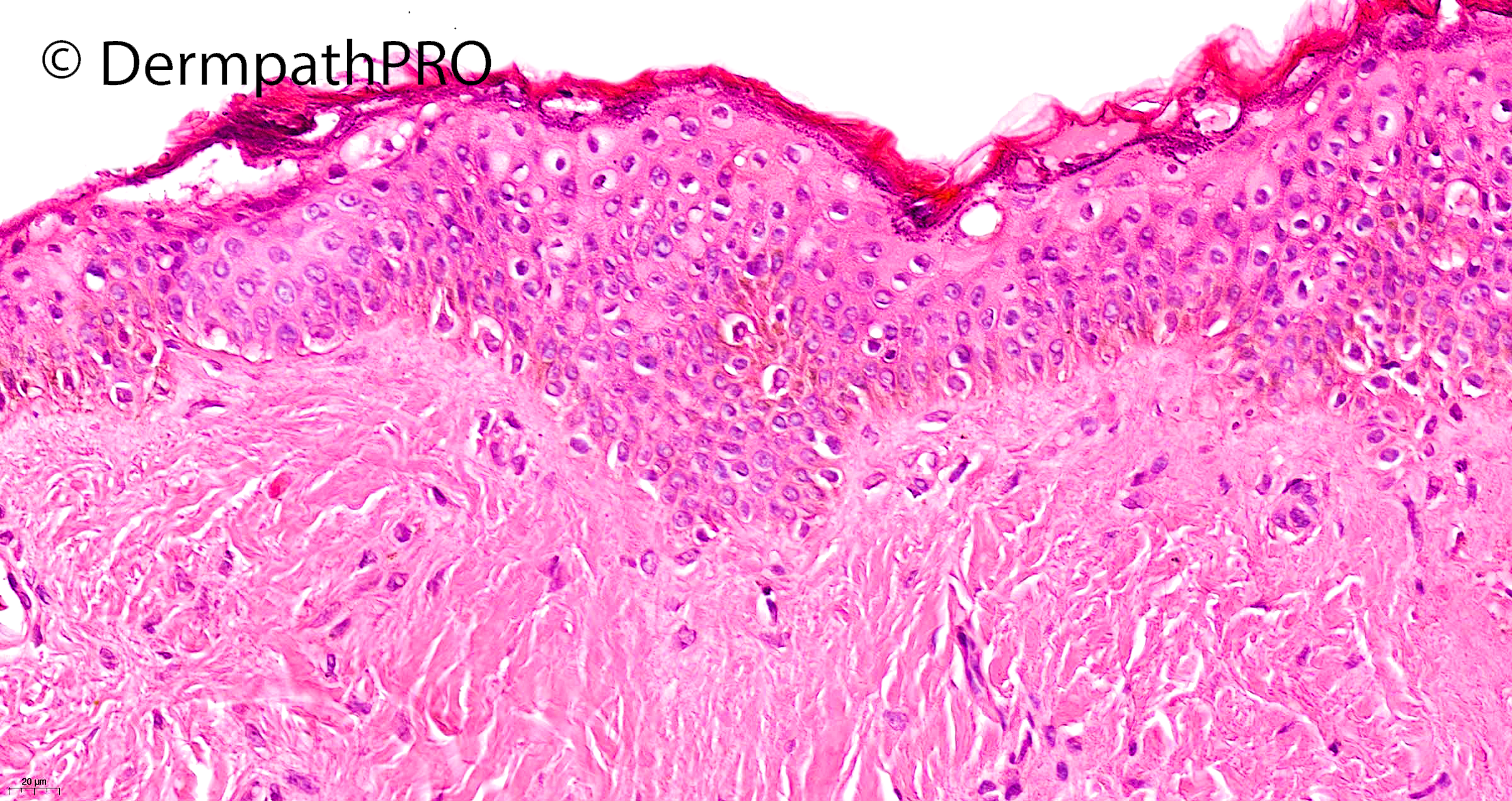
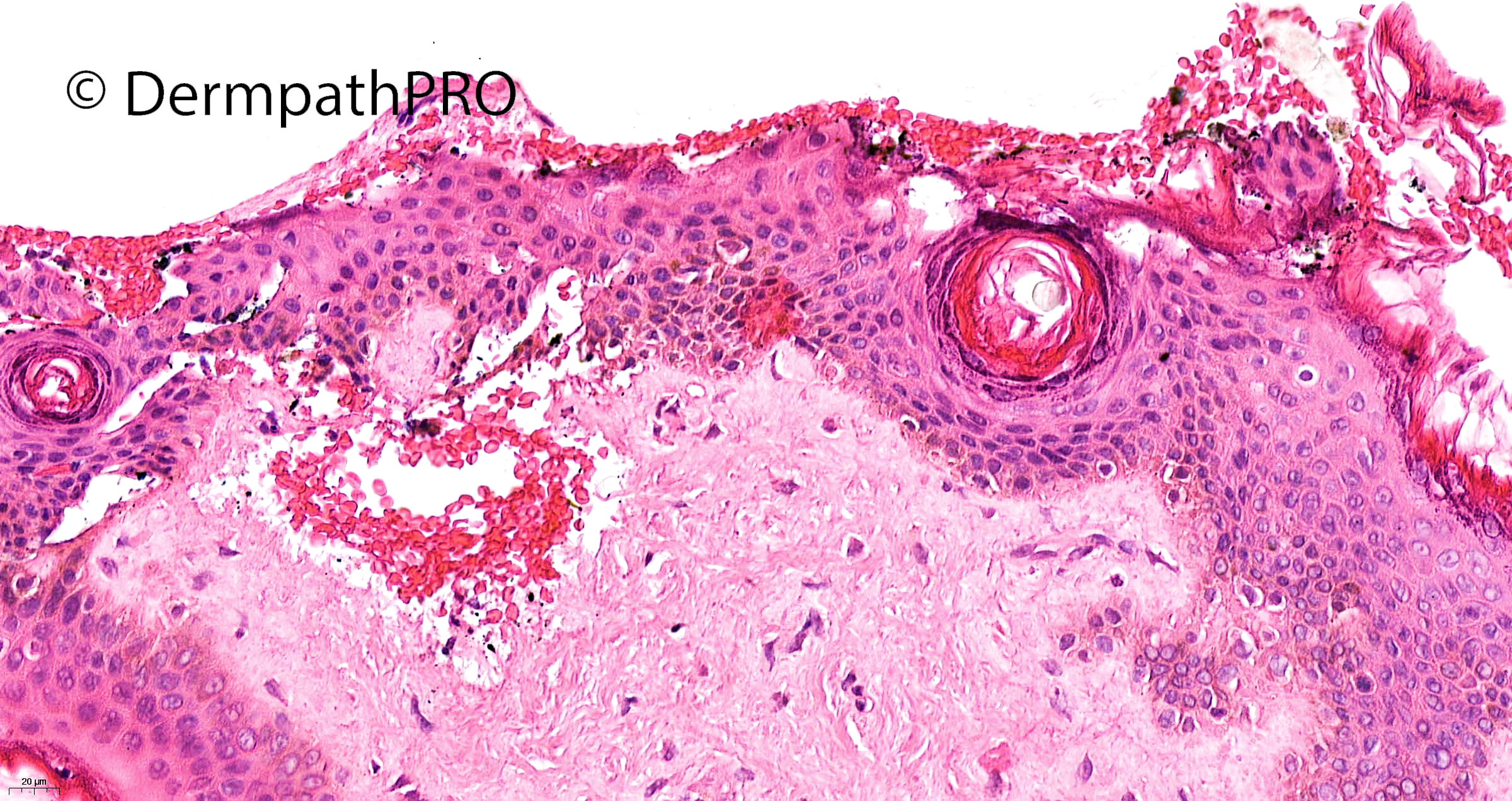
Join the conversation
You can post now and register later. If you have an account, sign in now to post with your account.